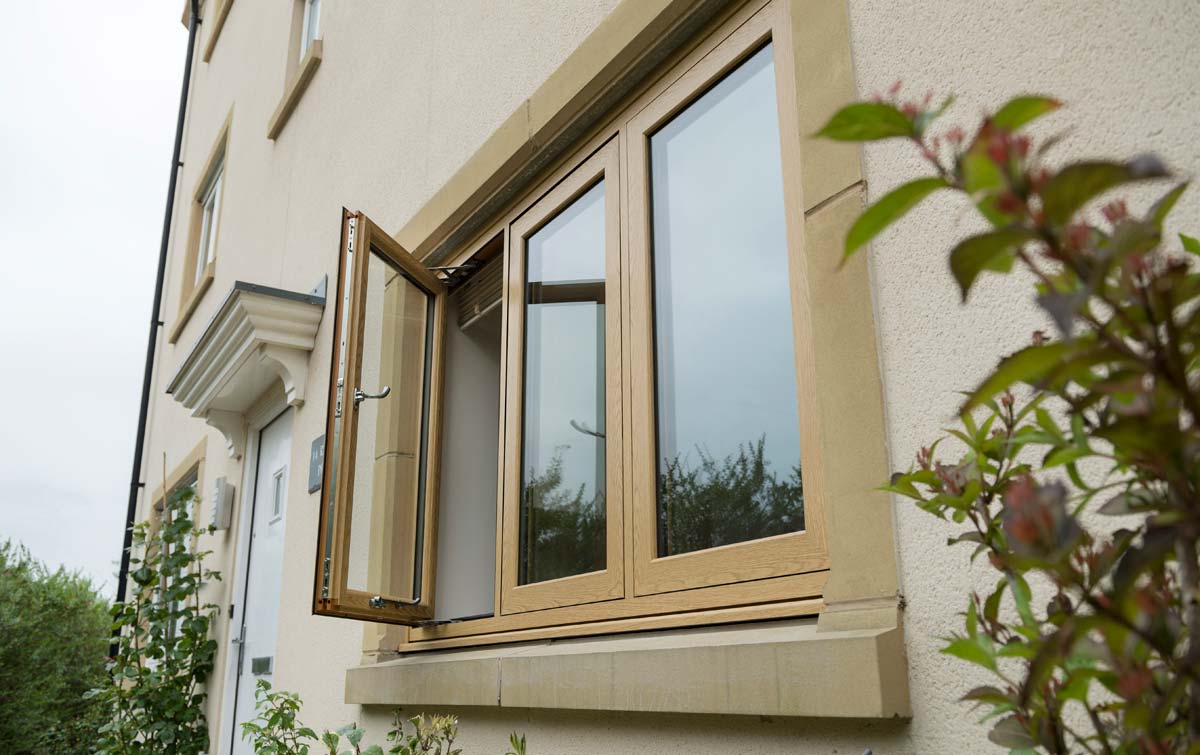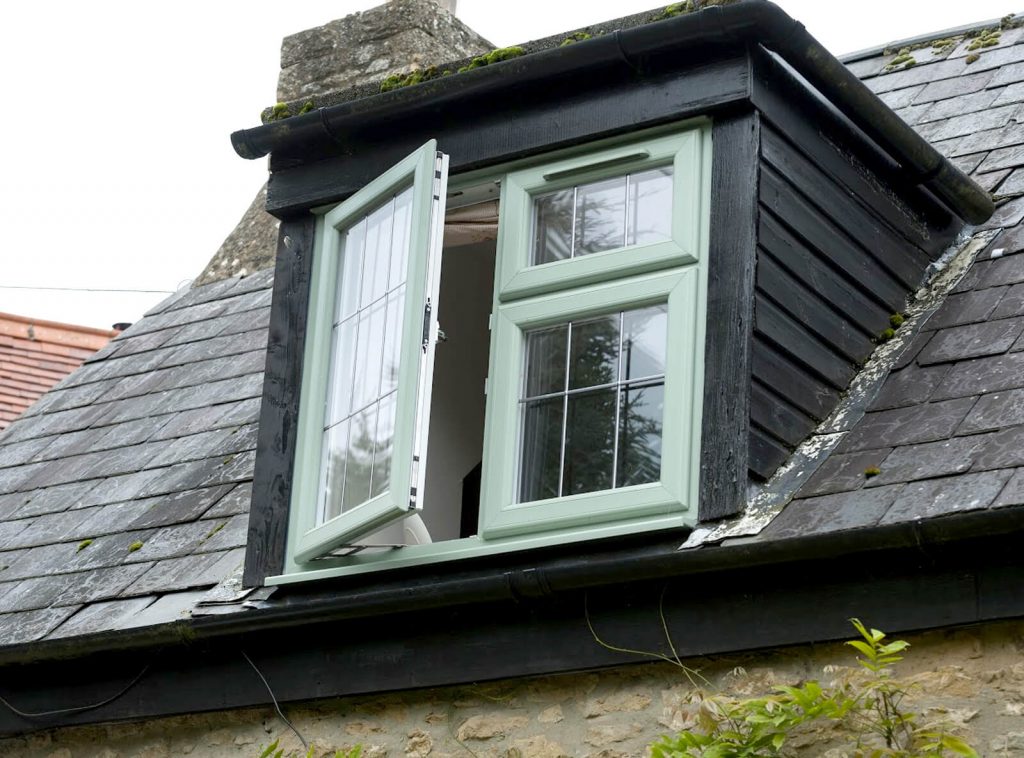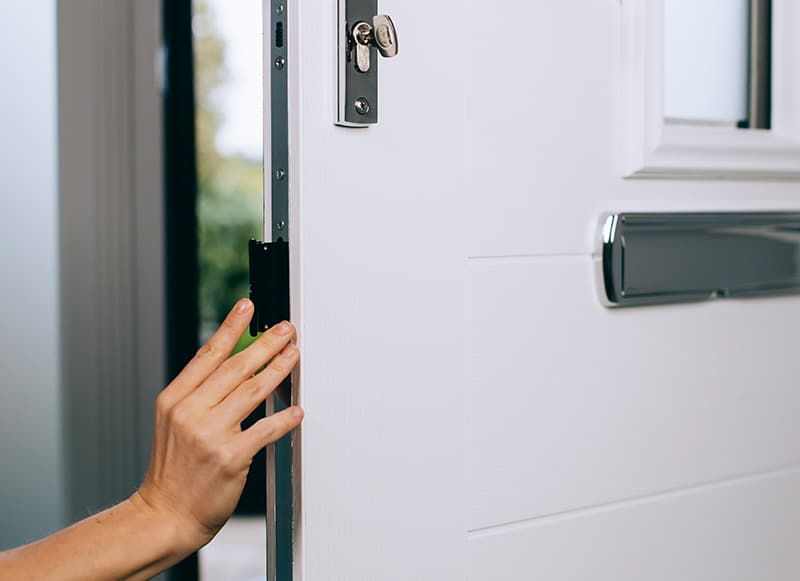What is condensation? And 5 ways to prevent it!

- 10 May 2021
- Glazing
Condensation is a natural phenomenon that occurs when a gas or vapour changes into a liquid. This happens when humid air meets a cold surface, and it is visible in the form of water droplets.
Although condensation on windows is perfectly normal, excessive amounts can encourage the growth of mould and mildew, which can lead to allergic reactions. Over time, it can also soften wooden window frames and cause them to rot. However, there are plenty of ways to reduce condensation levels, 5 of which we’ve covered in this handy blog.
1. Open your windows
 Opening your windows for at least 20 minutes a day lets the moisture-rich air in your home out and fresh air in. If you’re looking to buy new windows, you might also consider having them fitted with trickle vents. Trickle vents ventilate your home in the background whilst allowing you to keep the windows closed.
Opening your windows for at least 20 minutes a day lets the moisture-rich air in your home out and fresh air in. If you’re looking to buy new windows, you might also consider having them fitted with trickle vents. Trickle vents ventilate your home in the background whilst allowing you to keep the windows closed.
2. Upgrade to double or triple glazing
Single glazing does not insulate the home as well as double glazing or triple, which means that the glass surface on the inside of the home will be at a lower temperature. This means that when moist air in the home meets it, there is a greater likelihood of condensation forming.
However, the improved insulation properties of double and triple glazing mean that when a room is heated, the surface of the glass in the home will be a higher temperature than with single glazing, so less chance of condensation. The better insulated your home, the less it will cost to heat too.
3. Consider installing extractor fans in kitchens and bathrooms
Humans expel water vapour throughout the day by breathing, but activities like showering, bathing and cooking create excessive amounts of moisture in the air. Therefore, it is wise to use extractor fans in bathrooms and have an extraction hood installed over the oven.
4. Dry clothes outside (if possible)
 Drying wet clothes also puts a lot of moisture into the air, so be sure to dry them outside if possible, or near open windows if you are unable to go outside.
Drying wet clothes also puts a lot of moisture into the air, so be sure to dry them outside if possible, or near open windows if you are unable to go outside.
5. Draughtproofing internal doors
Making sure to the keep the kitchen and bathroom doors closed whenever these rooms are in use will isolate moisture-rich air. However, you can take this one step further by draughtproofing these doors. So, as long you keep the windows in these rooms open too, you can prevent a lot of moisture from moving into other areas of your home.
For more information on condensation, check out the GGF condensation brochure. Or if you’re interested in new windows, give Droylsden Glass a call on 0161 292 1122 or contact us online.
Related to this post:
How do I stop drafts on windows?
10 tips for choosing new double glazed windows for your home





















